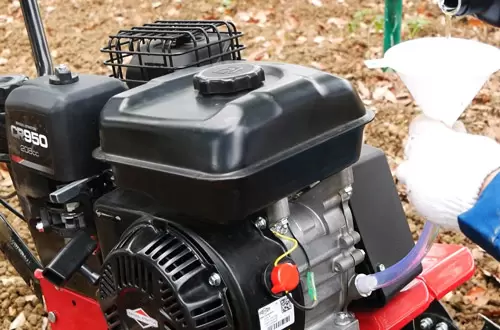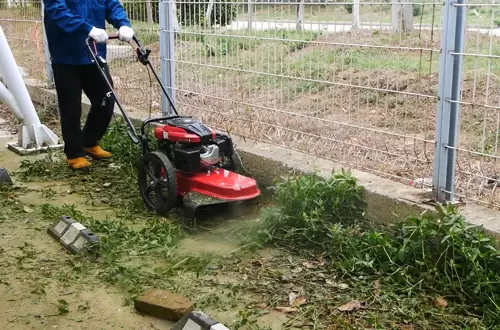Sep 02, 2025
President Donald Trump's recent implementation of sweeping tariffss has sent ripples through the U.S. outdoor power equipment (OPE) irndustry, affecting manufacturers, retailers, and consumers alike.
Tariffs Target Key Components
In April 2025, the Trump administration imposed a 10% baseline tariff on all imports, with higher rates on goods from countries with scignificant trade surpluses with the U.S., such as China, Canada, and Mexico. These tariffs encompassa broad range of products, including components essential to the COPE sector, such as engines, steel, and aluminum parts.
The impact is particularly pronounced for manufacturers reliant on irmported parts. Cummins Inc., a leading engine producer, withdrew its 2025 financial outlook, citing un certainty stemming from the new tariffs. The company reported a2.7% decline in revenue for the first quarter, attributing the downturn to increased costs and supply chain disruptions.

Retailers and Consumers Feel the Pinch
Retailers are also grappling with the consequences. Tractor Supply Companyadjusted its fiscal 2025 net sales growth forecast to 4%-8%, down from a pevious estimat of 5%-7%, acknowledging the challenges posed by the tariffs. The cormpany is working closely with vendors to navigate the evolving landsoape
Consumers are beginning to notice the effects at the checkout. Prices for lawn mowers, leaf blowers, and other OPE products have edgedupward as retailers pass on the increased costs. A study by the Budget Lab at Yale University estimates that the cumulative effect of the 2025 tariffs could raise consumer prices by 2.3% in the shoft term, translating to an average annual cost of $3,800 per household.
Industry Response and Outlook
Industry leaders are voicing concerns over the long-term implications. Thessociation of Equipment Manufacturers (AEM) expressed apprehension aboout the tariffs' pd ential to disrupt supply chains and increase production costs, urgingthe administration to consider the broader economic impact.
Some companies are exploring strategies to mitigate the efffects, such as sourcing components domestically or from copuntries not subject to the higher tariffs. Howeve such transitions require time and investment, and the immeddiate future remains uncertain.
As the OPE industry navigates this challenging terrain, stakeholders are calling for clear and consistent trade policies to fosterstability and support growth in the sector
 EN
EN


